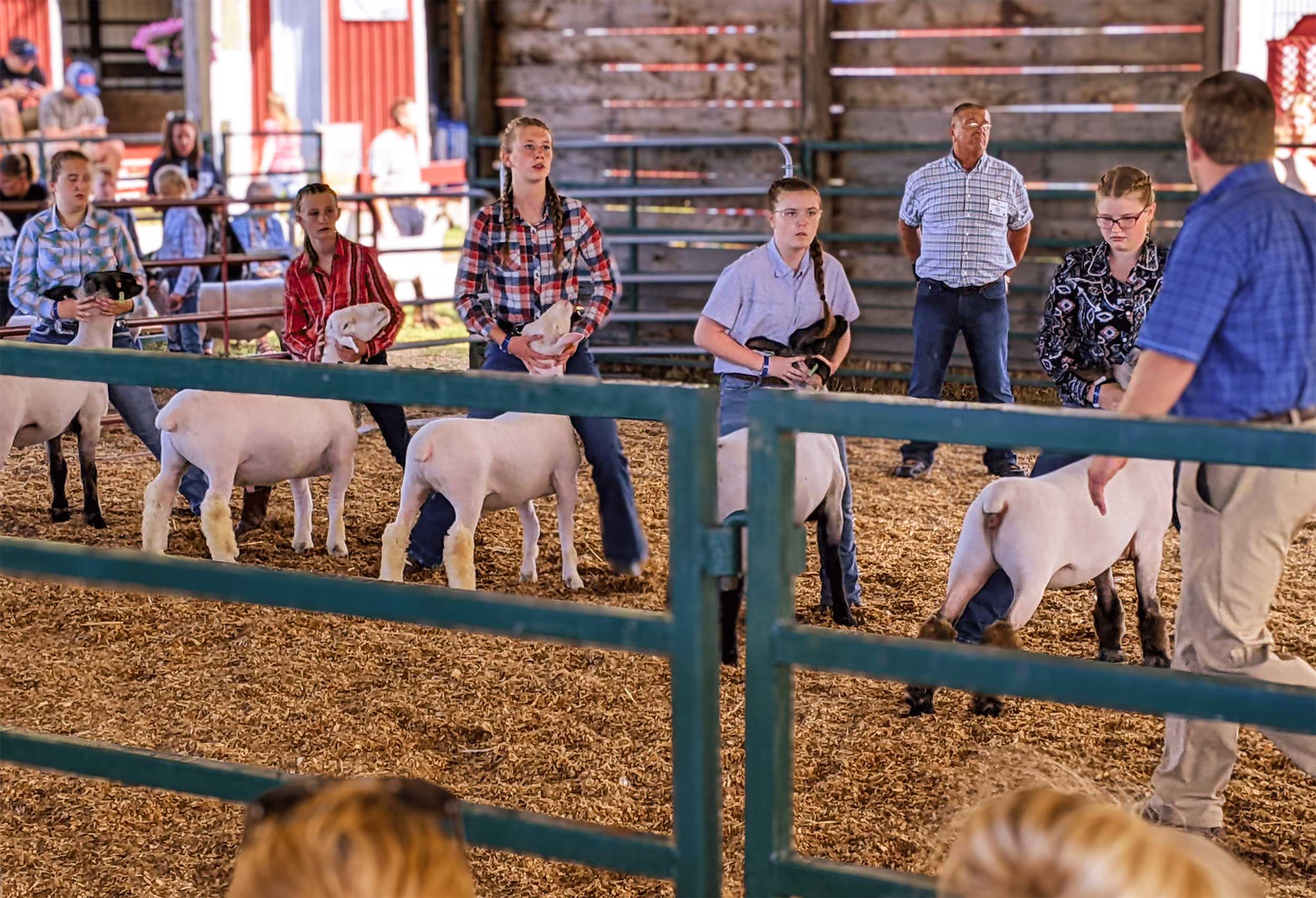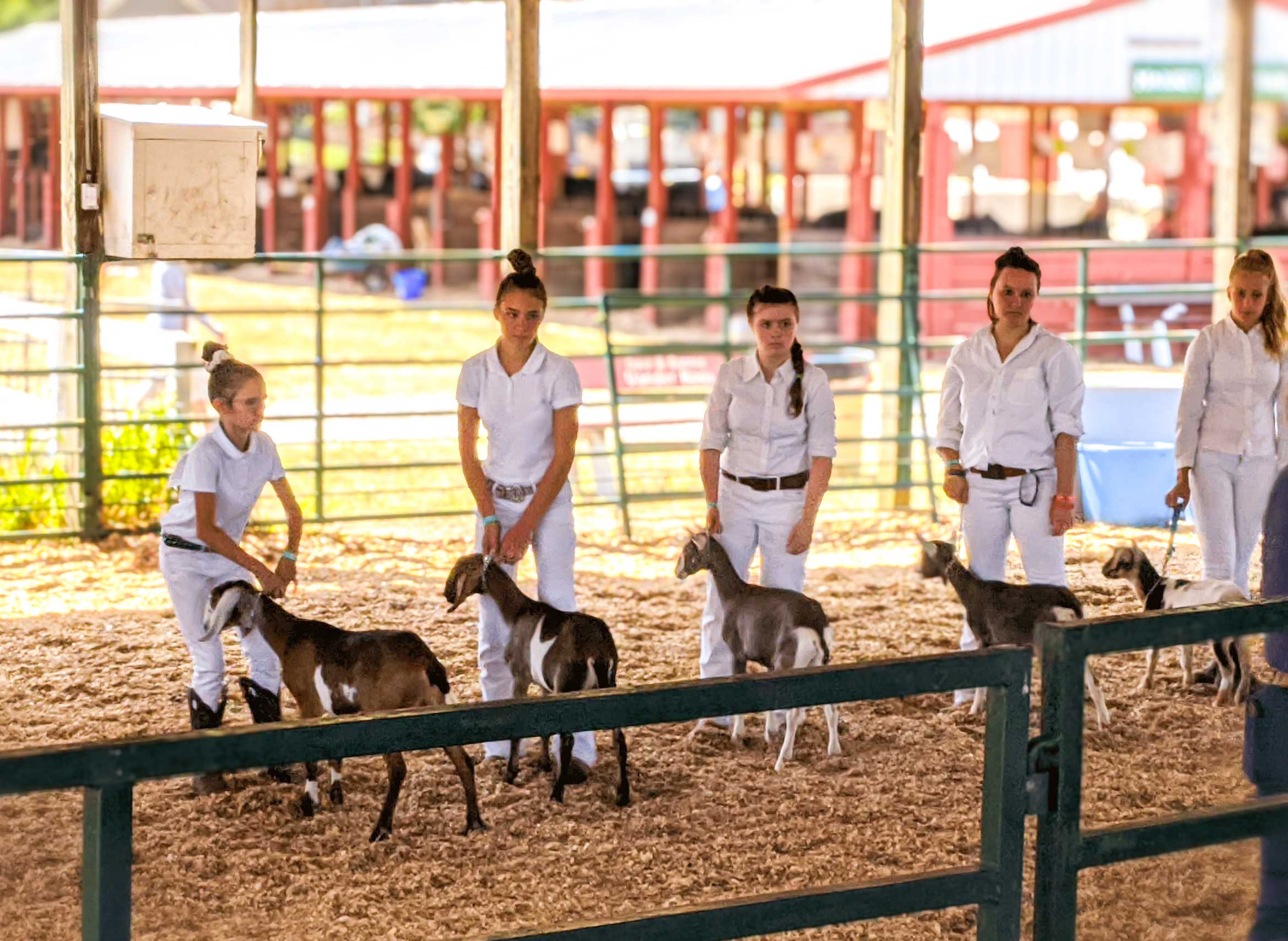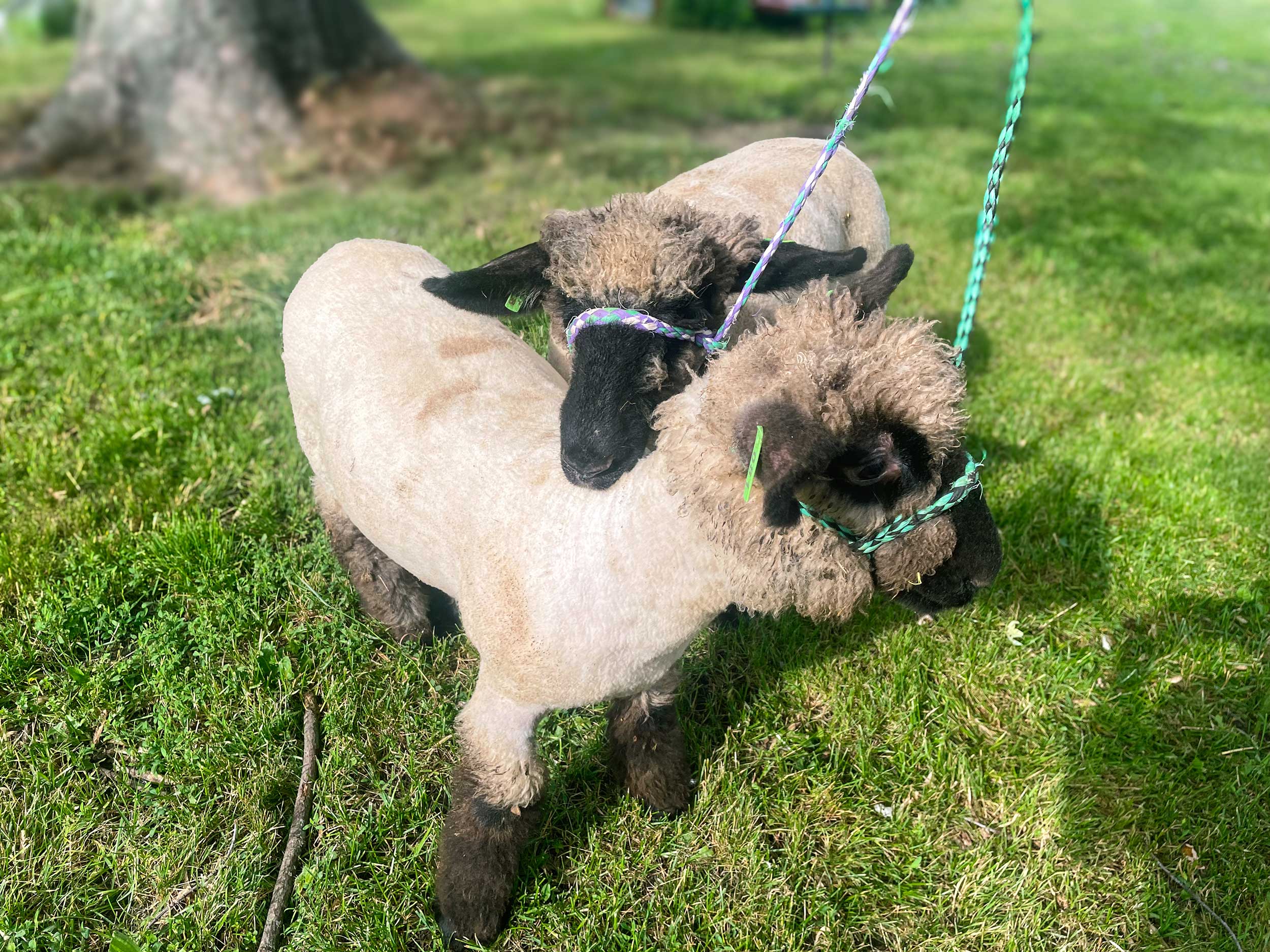

The fair has been an outlet for entertainment for centuries, dating back to 500 B.C., and has withstood the testament of time. With its fun atmosphere, thrilling rides, fried food, and enjoyment, there is something for everyone to do and enjoy. The animal shows are some of the most loved displays. Those of you who have a history of either showing yourselves, or knowing someone who has, know that there is a lot more that goes into showing a 4-H animal than one might think.
The 4-H program has a wonderful goal, and that is to teach youths to prioritize the four H’s: Head, Heart, Hands, and Health, encouraging them to reach their full potential through the care and work they put into an animal “project.” While vendors and food trucks prepare their food and various items, those in the 4-H program nurture and train an animal for months until showtime.
But what exactly goes into that nurturing and training? What exactly makes a good showman, and even more importantly, a good caretaker?
As someone who has been showing sheep, goats, cats, and rabbits for 13 years, I would say that the three main components of a good showman and project are care of the animal, training of the animal, and dedication of the showman.

Care of the Animal
Caring correctly and intently for your animal is essential to a good 4-H project. Just as you would feed, groom, and love a household pet, the same care and attention are needed for a 4-H animal. Just as you would pick out the correct food for your dog to prioritize its health, the same goes for your animal. There are a lot of different types of feed out there, and finding the best one to enhance your animal’s natural physique can be challenging, but worth it. Fresh water is also incredibly important, just as it is for us.
How you care for your animal should be a reflection of how you care for yourself, which includes baths and other grooming, plenty of exercise, and a good living environment. Animal care is the most important component of showing.
Training of the Animal
Next is the training of your animal. What many of you may not realize is the amount of time and effort the showman has to put into training the animal. Training any animal how to stand, walk, and work with you takes work, a lot of it.
Showmen use many different tools to help walk their animals and many projects use them in the ring. For example, for lambs, we use what are called halters, which are ropes that go on a lamb’s face. A halter is completely safe and comfortable and allows the showman to exercise and train the animal. Lambs are shown without halters in the ring more often than not, and it takes a lot of time to train your animal to walk correctly.
It takes the same, if not more time to train yourself to have patience.

The other big part of showing is understanding your animal’s anatomy and potential complications, as well as its breeds and characteristics. The more knowledgeable you are as a showman, the better you will do in the ring.
Dedication of the Showman
As in any project, a 4-H project requires patience and determination. Animals are stubborn, especially when being taught new things, and it can be frustrating. I have been showing for over a decade, and I still get very frustrated with my sheep and goats sometimes. It is important to school your perspective as well as your actions. The more patient you are, the more your animal will be willing to cooperate. And I don’t say this to scare anyone new away from trying, but it’s a reality. It’s going to be hard and it’s going to be frustrating at times, but it’s all worth it in the end.
Something else that requires determination is the show itself. It’s one thing to do preparation, but if you are not confident in your abilities, your animal will sense it. Now, I have had it many times where my lamb just doesn’t want to work with me on show day, and you can’t always account for that. However, I have also had it where my goat sensed my nerves and acted accordingly.
Your animal more often than not will mirror your behavior.
And just like any show, a 4-H show can be scary. The judge and everyone else’s eyes are on you the moment you step into the ring. There’s always a moment where I can tell how well I did overall with my project, and the satisfaction of completion is always worth it.
Another thing that determines how well your project does is how you advertise yourself. Showmen have to go out to buyers and advertise. It requires professionalism and talking to someone you usually wouldn’t, and that cultivates social skills as well.
So, if you are a person that is interested in showing an animal and getting into 4-H, I highly recommend it. It has been a huge part of my life, and it has taught me so many useful things. 4-H as a whole has an amazing goal, and it benefits so many youths around the world like it has for me. If you’re a person that isn’t interested in doing it yourself, I hope this was a valuable insider’s look at how showmen do it.
Check out your local fairs this summer and catch a show, they are very fun to watch! The Ottawa County Fair is July 21–26. The Hudsonville Fair happens after, August 18–23. If you can go to either of these fairs, I would set aside the time and go have fun. And if you come to the Ottawa County Fair, I’ll see you there.

Audrey Mitchell is sixteen turning seventeen years old, and a junior at Libertas Christian School. She has loved writing ever since she can remember and dreams of becoming a professional writer one day. She has four cats, a dog, and two rabbits, whom she loves very much. She is a devout Christian, and some of her hobbies include playing the clarinet, writing fiction on the side, reading, and hanging out with her friends. She shows lambs and goats at the Ottawa County Fair every summer and works a summer job at an ice cream shop.